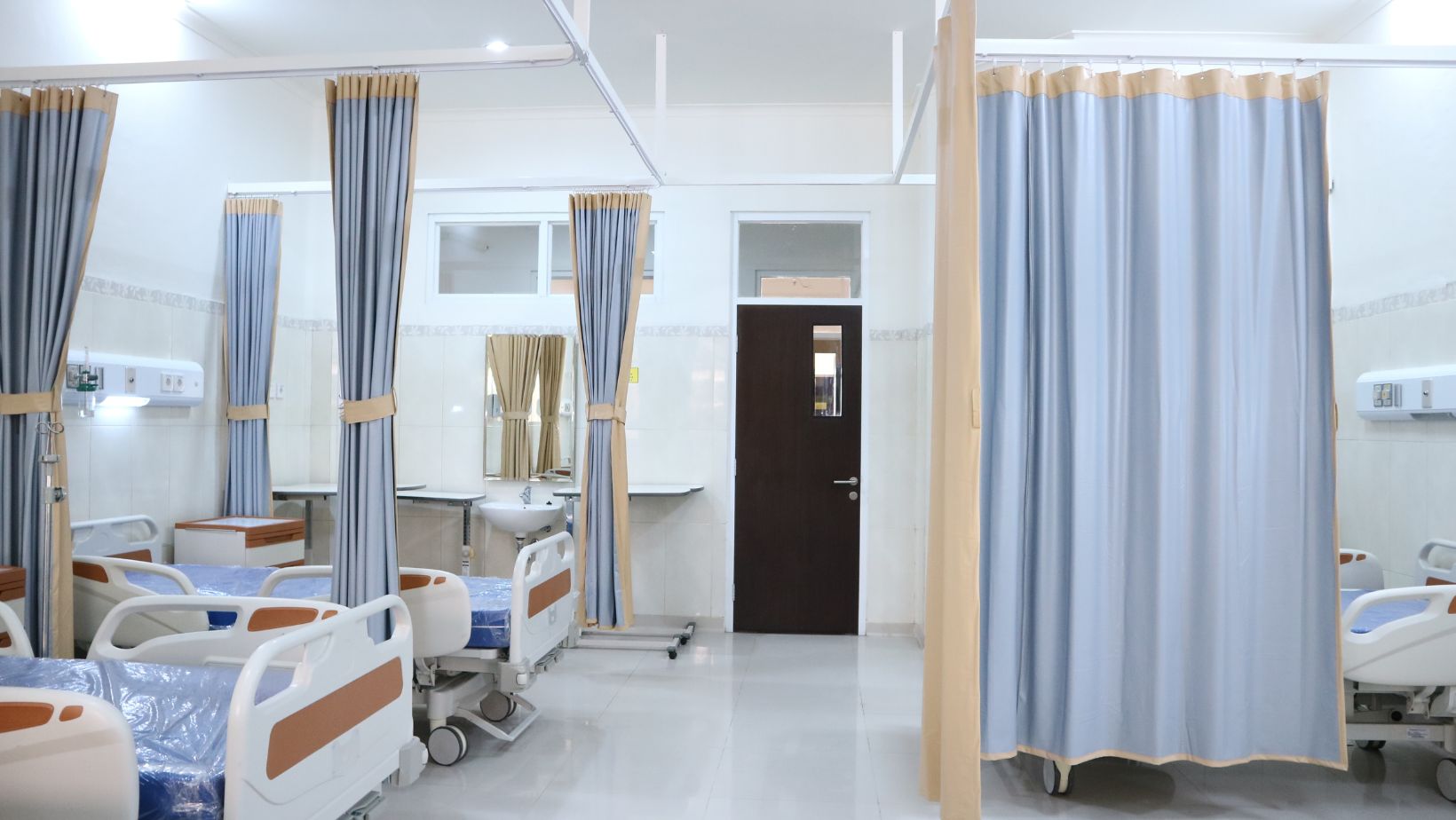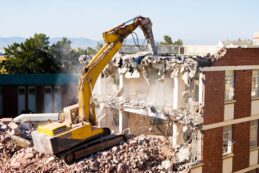
Most people jump into the construction industry thinking every sort of project is just a part of the same game, that is, “construction”. In reality, however, things are far different with each project, especially when it comes to constructing a healthcare facility. Ask a healthcare construction contractor, and you might get a hint of the ordeal. Nonetheless, what a contractor might describe in a sentence or two will be just the tip of the iceberg. With something as complex as healthcare facilities, the construction process runs deep.
To the layman, cost may be the most significant factor, but to a contractor responsible for building a healthcare facility, permits, integration of innovative technology, and the layout might take priority. What we are trying to hint at is that the construction process varies with every project, and it demands sound judgment to grade each aspect involved.
A clinic in Houston won’t cost the same as a specialty center in Dallas, and a new hospital in Austin requires a far larger investment than a minor renovation in San Antonio. With healthcare needs across Texas growing rapidly, it is essential to understand what drives the numbers so healthcare providers and investors can make smarter plans.
Professional Guide to Healthcare Facilities Construction in Texas
Numerous factors influence the total cost of a medical project. Material prices—steel, concrete, lumber—shift often, and with labor rates in larger cities, costs can skyrocket.
What demands particular attention is the turbulent weather of Texas. Tackling weather delays, code requirements, and equipment installation all add layers. The only realistic way to keep a project under control is to plan carefully around these factors from the start.
Reliable Breakdown of Healthcare Facility Costs in Texas
Different types of healthcare facilities come with different budgets.
Here’s a general range seen across the state:
Community clinics: $250 to $380 per square foot
Medical office buildings: $300 to $430 per square foot
Urgent care centers: $280 to $400 per square foot
Specialty treatment centers: $320 to $470 per square foot
Full hospitals: $400 to $600 per square foot
Expert Insight into Regional Variations Across Texas
The adage “location, location, location” holds true just as much when we are talking about costs. In other words, staying under budget is directly proportional to the location where you are building at. Houston is home to one of the country’s busiest medical hubs, which naturally drives up demand. The demand in turn fuels the prices for new healthcare construction. In Dallas-Fort Worth, the cost of building medical offices and outpatient centers runs higher than in most places. Austin, owing to its population growth and strong tech presence, ranks among the priciest cities in Texas for new healthcare facilities. San Antonio, on the other hand, occupies the sweet spot in the middle, with a mix of historic renovations and modern builds.
It is natural to assume smaller towns are more affordable in this aspect, but once you factor in the costs of transporting specialized equipment, like perhaps an MRI machine, savings don’t always hold up.
Reliable Ways to Manage a Healthcare Project Budget
Some strategies can help keep healthcare construction projects on track:
- Hiring an experienced healthcare construction contractor based in Texas to do the job.
- Negotiate the material prices leveraging connections through your contractor.
- Keep a budget cushion of 10–15% for surprises.
- Stay ahead on permits and inspections to avoid red tape delays.
Leading Trends Shaping Healthcare Facilities Construction
Modern healthcare facilities require significantly more attention than a regular construction project. Current trends shaping projects across Texas include:
Green building practices – Energy-efficient systems and sustainable designs cut long-term costs.
Technology integration – Smart building features and telemedicine infrastructure are becoming standard.
Focus on staff well-being – Dedicated rest areas, ergonomic layouts, and natural light reduce burnout and help retention.
Premier Insights on Long-term Value
Managing budgets for healthcare facilities construction is not only about saving during the build. Facilities designed with durable materials require lower maintenance. Clinics and hospitals equipped with the latest systems will not only enhance goodwill but also increase the building’s long-term value. Smart budgeting today creates healthier returns tomorrow.
Conclusion
Constructing a healthcare facility in Texas varies city to city, but what stays consistent regardless of the location is the dedication an experienced contractor will foster throughout the process. From managing costs to integrating technology, the right approach makes the difference between a project that struggles and one that thrives. The entire process depends significantly upon the contractor you hire, as their expertise, planning, and execution will define the fate of the project.
For your next healthcare build, connect with Arrant Construction, trusted healthcare construction contractors ready to deliver lasting value in Texas.
FAQs
How Does Healthcare Facility Construction Differ From Other Projects?
It requires specialized planning for safety, medical technology, and patient care needs.
What Should I Expect From Healthcare Construction Contractors?
They manage design, permits, and building processes while keeping healthcare standards in focus.
Is Healthcare Facility Construction Only For Large Hospitals?
No, it also covers clinics, urgent care centers, and outpatient treatment buildings.













